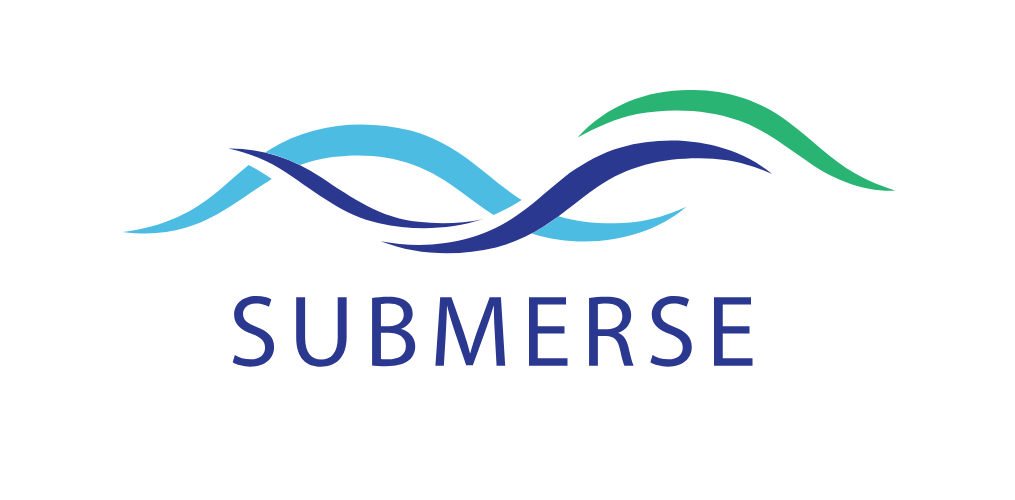Started in May 2023, SUBMERSE (SUBMarine cablEs for ReSearch and Exploration) project aims to utilise existing submarine cables already used by the research and education networking community, to monitor the Earth and its systems. By utilising existing equipment and infrastructure in a new way, SUBMERSE not only avoids the need for extra hardware under the sea, but also improves the return on investment by enhancing and widening its use.
The 36-month project, in which LifeWatch ERIC is a partner, will work closely with the diverse research communities who intend on using the data, to design and build the data generation service together, thereby creating a highly collaborative environment where data is generated by and for all parties. In this way, SUBMERSE goes beyond the traditional model of supporting and facilitating global research and education with infrastructure, to an environment where project partners and research communities together generate and share research from that infrastructure for multiple purposes.
Over the past five years, national seismic and oceanographic infrastructures, together with NRENs, and partners from universities, research institutes, and industry in parts of Europe have pioneered techniques to use submarine optical fibres to monitor the Earth and its systems. The methods and technologies used vary. However, two techniques show promise in the detail and scalability of their deployment: Distributed Acoustic Sensing (DAS) and State of Polarisation (SoP). The geographic locations where experiments have taken place, the length of experiments, the types of technologies used, and technological readiness levels of those technologies used also vary substantially from country to country.
SUBMERSE seeks to create and deliver a pilot activity which would serve as a blueprint for continuous monitoring upon many more cables in the future, which would lead to the opening of new market opportunities and the demonstration of methods to maximise the investments in research infrastructures, by using the by-products of their operations for the purposes of new scientific research. This would lead to the integration of established regional and national research infrastructures, thereby enabling world-class European research not possible before.
